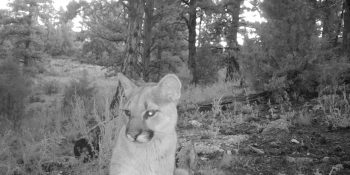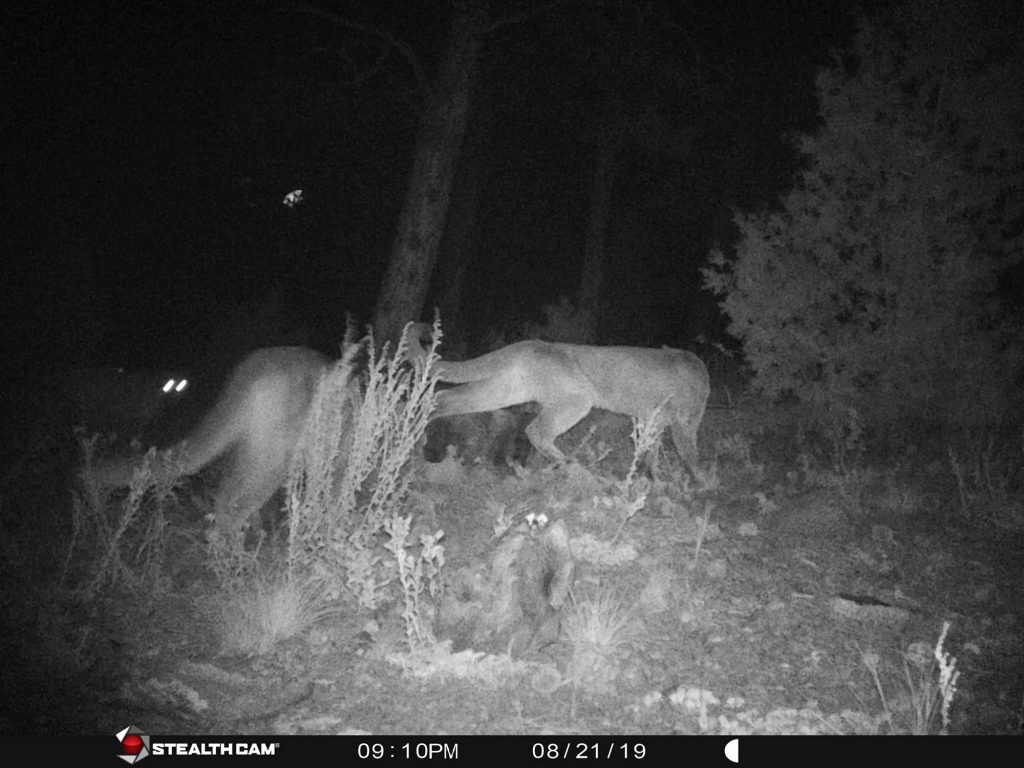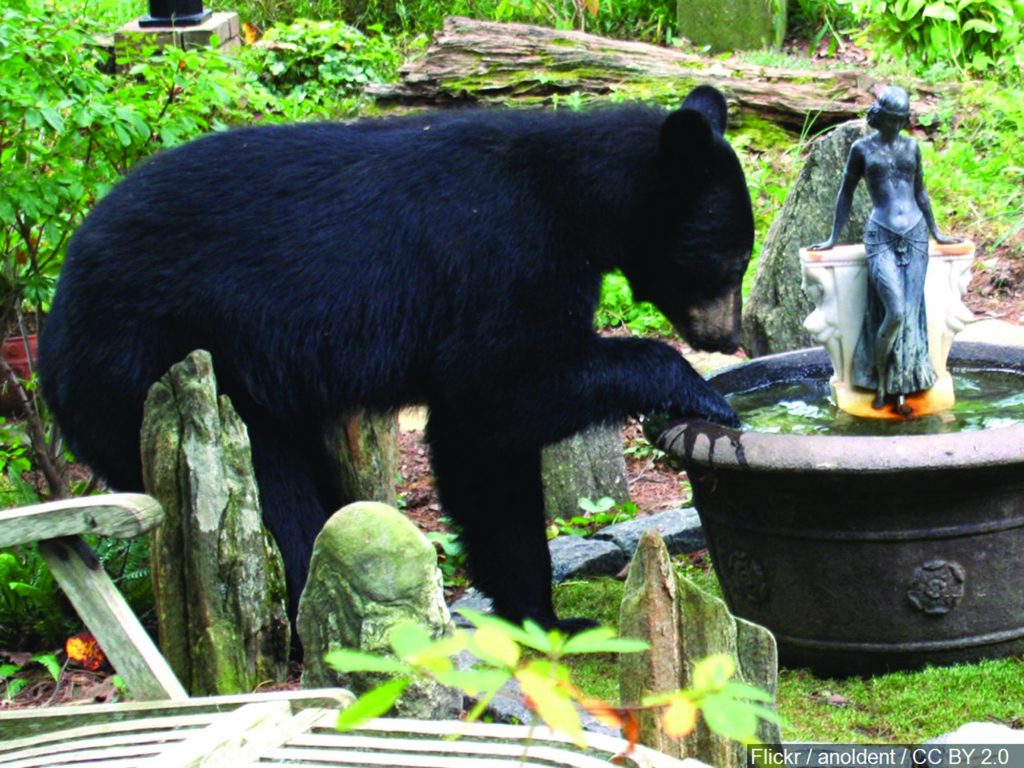DENVER — Colorado Parks and Wildlife has awarded $755,000 to 11 Fishing is Fun (FIF) projects, all geared to improve angling opportunities in the state of Colorado. The approved projects include improved angling access, habitat improvement, and trail and boat access.
“The angling opportunities that Colorado waters provide are part of what makes this state so special,” said Dan Prenzlow, Director of Colorado Parks and Wildlife. “Not only does the Fishing is Fun program help revitalize aquatic ecosystems across the state, it also ensures that residents and visitors will continue to have improved angling access for years to come.”
Swan River Habitat Restoration Project
In the late 1800s and early 1900s, dredge miners turned Swan River upside down in search of gold and other precious metals, littering a miles-long stretch of the valley with rock cobble up to 30 feet high. The river’s original water channels were buried and its fish decimated.
With the help of a FIF grant in 2012, the multi-phase Swan River Habitat Restoration Project was launched. Since then, a mile of stream channel has been replaced to establish year-round flows, over 16 acres of riparian and upland habitat have been restored, and a series of 22 pools, riffles and glides have been provided to create a diversity of aquatic habitat for fish and insects.
This year, the project was awarded $270,000 from the program for a second phase covering another mile of stream channel to be matched with $2.4 million in additional funds from sponsors.
“We’re bringing back to life a fishery that had been buried for over a century,” said Jim Guthrie, the FIF Program Coordinator. “Phase 1 of the project showed that the river can be recovered. Phase 2 will use the earlier lessons and construction experience to build on the progress that’s already been made. Once it’s done, the project will have linked the river to several tributaries, creating 17 miles of connectivity.”
At the Shady Island Boat launch located just north of Gunnison, a new ramp will be constructed, angling access will be improved and amenities added with a $90,000 Fishing is Fun grant.
Currently, the limited space at the put-in tends to get jammed with cars, leading anglers and boaters to park right off of the highway.
“Not only will this project make that section of river and riverbank more attractive by providing improved habitat for fish and additional recreational features for anglers, rafters, kayakers and other river users, it will also make the launch area much safer, allowing for more efficient access to the water,” said J Wenum, Area Wildlife Manager.
Fishing alone contributes $2.4 billion dollars in economic output per year, supporting over 17,000 jobs in Colorado according to CPW’s 2017 economic study.
For over 30 years, FIF has supported more than 375 projects in nearly every county in the state, improving stream and river habitats, easing public access to angling waters, developing new angling opportunities for youth and seniors and more.
The program typically provides up to $400,000 annually from the Federal Sport Fish Restoration Program (SFR). This year, however, it received an additional $130,000 in funds from the Motor Boat Access Program (a subset of the SFR) plus $225,000 from wildlife sporting license revenue. The $755,000 total was met with more than $3 million in local support for the 11 projects approved in 2019 (matching funds are required for the program).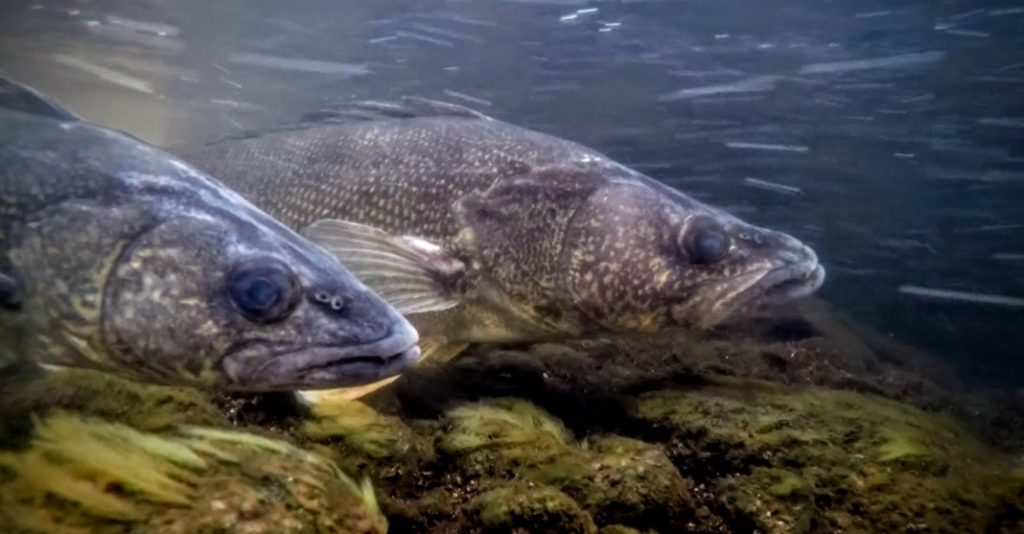
Additional Fishing is Fun program details and requirements can be found at:
https://cpw.state.co.us/aboutus/Pages/FishingIsFunProgram.aspx
Fishing is Fun 2019 grants include:
Centennial Bass Club – Ft. Collins
Boyd Lake and Lon Hagler reservoir habitat improvement
$15,000
Boulder County Parks and Open Space
Lagerman Reservoir aerator system
$33,000
Berthoud Parks and Rec
Berthoud Reservoir ADA fishing pier
$40,000
Summit County
Swan River reach B habitat restoration
$270,000
Eagle Vail Metro District
Stone Creek habitat improvement and bank stabilization
$25,000
Glenwood Springs
Two Rivers Park access trails, habitat improvement and riparian work
$104,000
Pitkin County
Robinson Diversion modification
$40,000
Gunnison County
Shady Island boat launch ramp, angling access and amenities
$90,000
City of Alamosa
Blanca Vista Park ADA fishing access, trail and boat access
$67,000
Town of Monument
Monument Lake fishing pier extension
$9,000
Lamar
Gateway Park restroom and shade shelters
$62,000
SPREAD THE NEWS
COMMENT, Like, Follow & SHARE @I70Scout
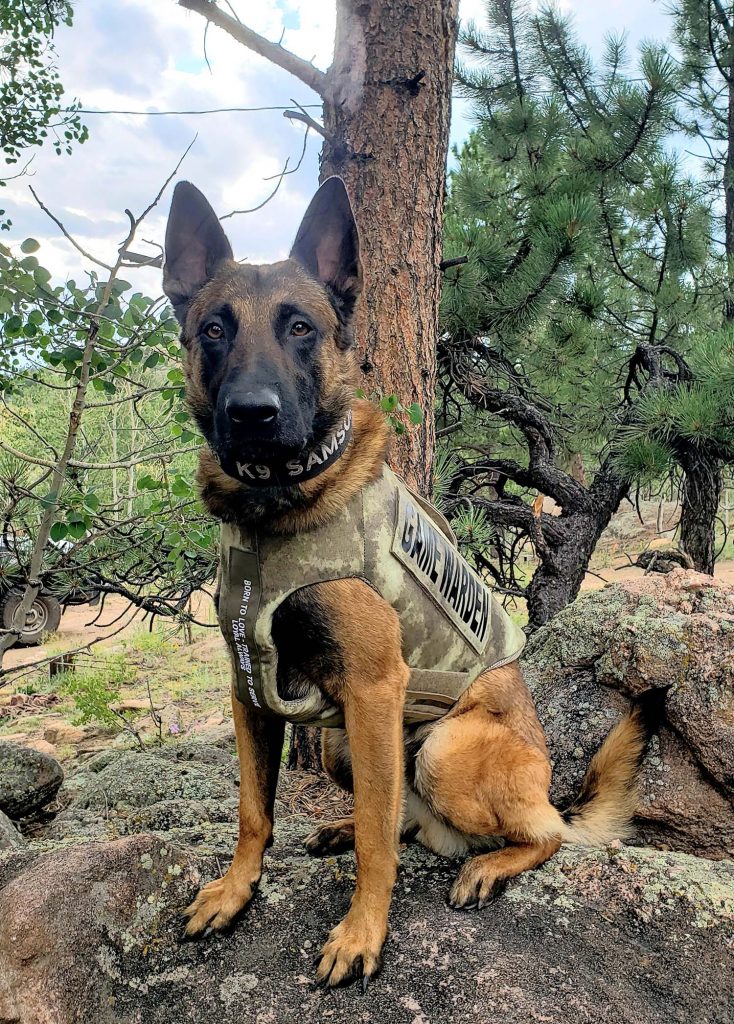 The donation to provide one protective vest for a law enforcement K9 is $950.00. Each vest has a value between $1,744 – $2,283, and a five-year warranty and an average weight of 4-5 lbs. There is an estimated 30,000 law enforcement K9s throughout the United States.
The donation to provide one protective vest for a law enforcement K9 is $950.00. Each vest has a value between $1,744 – $2,283, and a five-year warranty and an average weight of 4-5 lbs. There is an estimated 30,000 law enforcement K9s throughout the United States.

